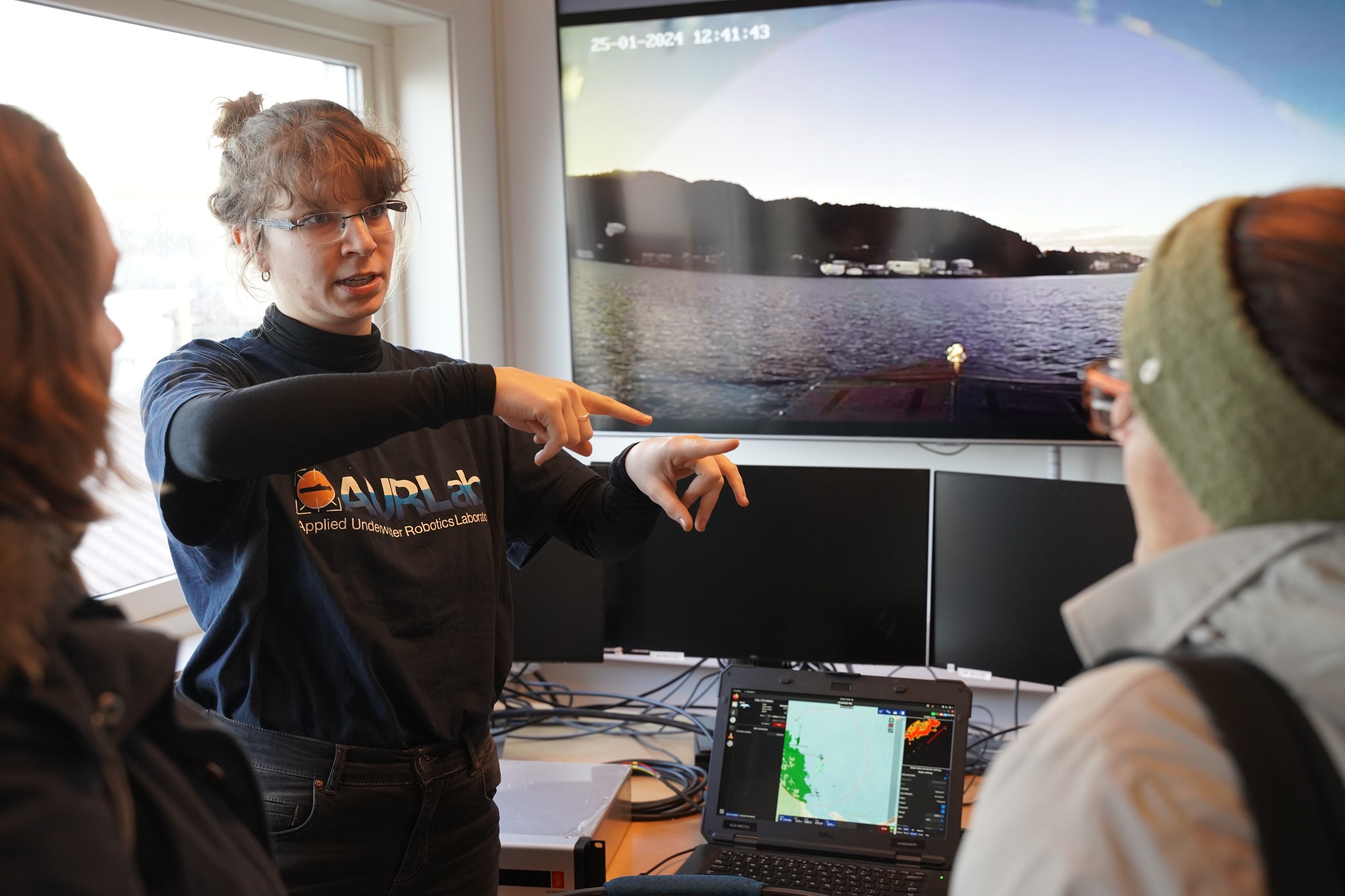
“We have many interdisciplinary collaborations and projects, but we have room for more!” says Martin Ludvigsen, the scientific manager of AUR-Lab (Applied Underwater Robotics Laboratory).
AUR-Lab is also a part of the OceanLab project, which will ultimately lead to the Norwegian Ocean Technology Centre’s Fjordlab. AUR-Lab is located at TBS but has partly grown out of the premises, and now has temporary barracks with a control room and containers with equipment outdoors, as well as offices and workshop inside.
More possible users
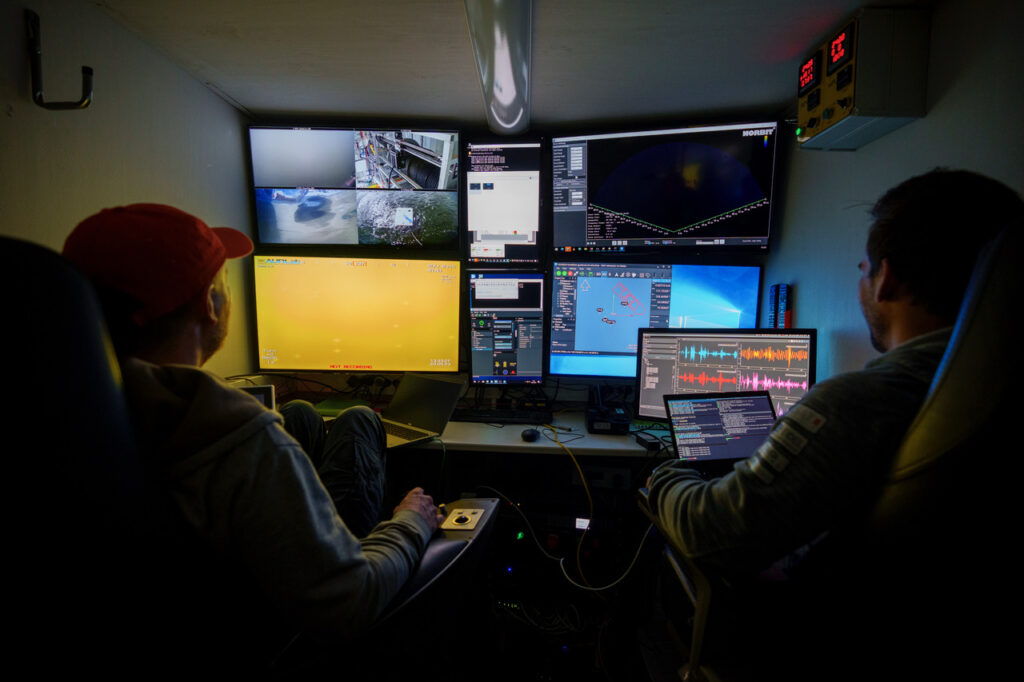
“AUR-Lab has many affiliated professors and projects, four to five permanently employed technical engineers – many of whom also hold a doctoral degree, a large fleet of various types of underwater robots and surface vessels, and at any given time, more than ten PhD candidates conducting research projects and fieldwork,” says Ludvigsen.
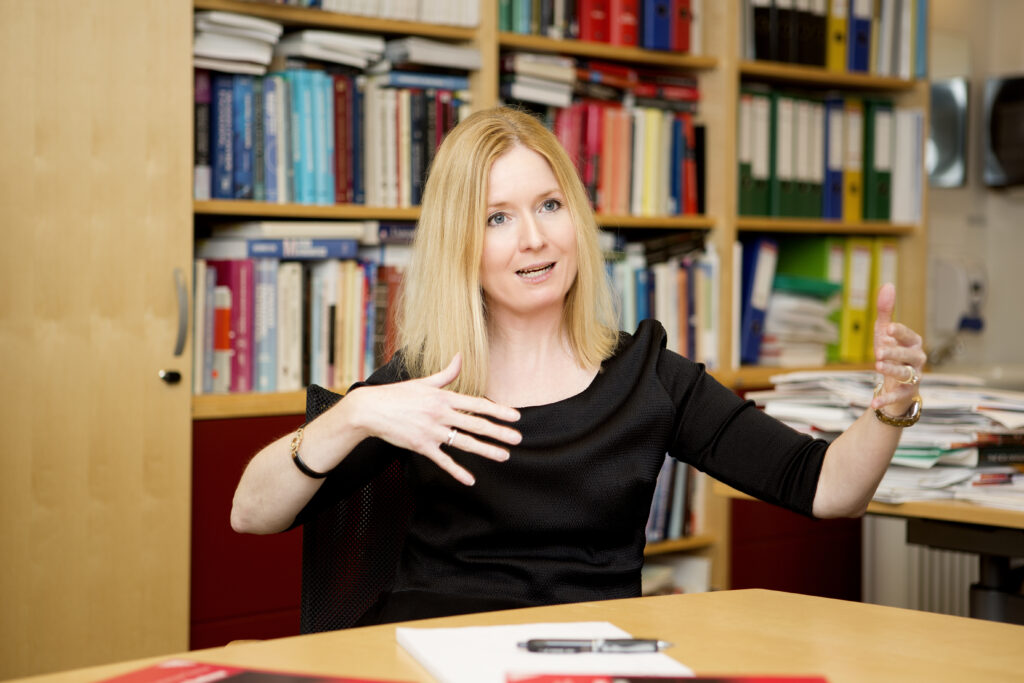
Six outstanding researchers from NTNU talk about their research related to AUR-Lab:
“In AUR-Lab, I get to validate theoretical results in the field. I can take deep theory into the real world and test it, which is crucial,” says Kristin Ytterstad Pettersen, professor in engineering cybernetics and developer of subsea snake robots.
The Eelume snake robot was successfully used in mapping the shipwreck Figaro outside of Svalbard last year.
Exciting field research
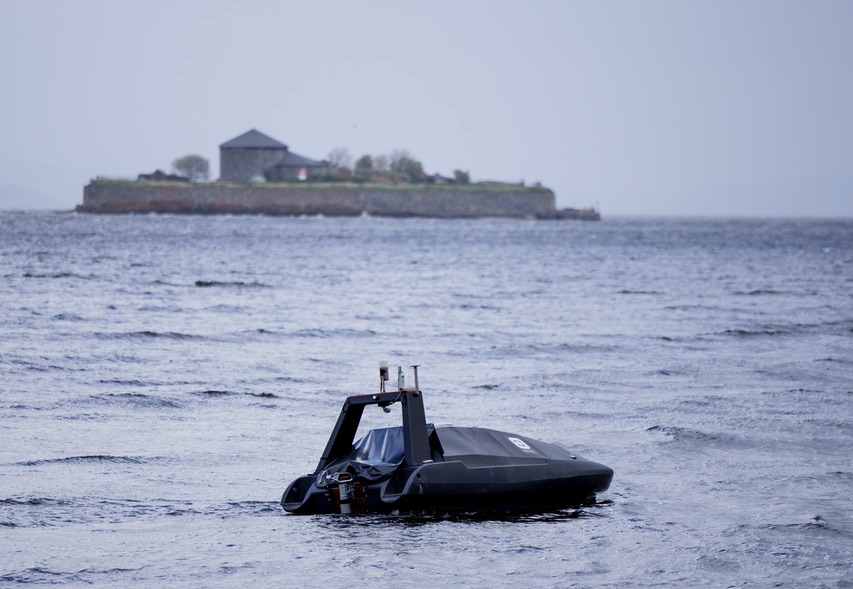
Øyvind Ødegård, senior researcher in marine archaeology who participated in this expedition, expresses his gratitude:
“We are fortunate to have AUR-Lab where we can play with the most advanced underwater technology available today, which is very gratifying,” he says.
He has led several fieldworks in Mjøsa, Trondheimsfjorden, and Svalbard.
Annette Stahl, professor in engineering cybernetics, uses fieldwork in AUR-Lab to develop autonomous active vision systems for subsea operations.
“Thanks to AUR-Lab, we have the freedom and opportunity to conduct fieldwork. It’s very easy to join other projects and collaborate across disciplines.”
Marine biologists with new methods
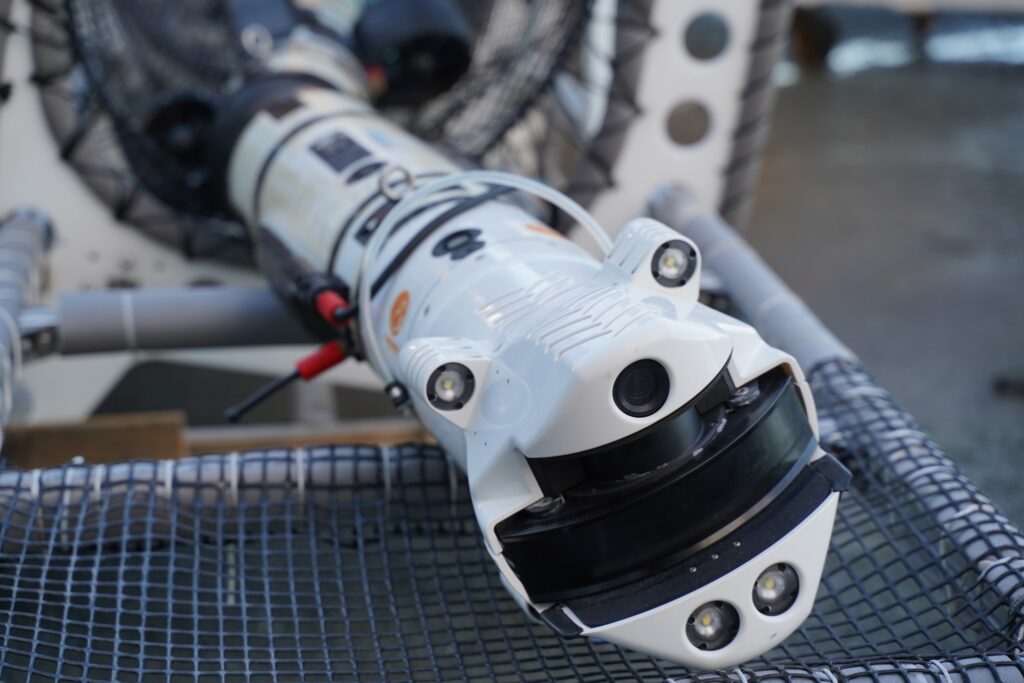
Marine biologists at the Trondheim Biological Station have been active users of AUR-Lab from the beginning. This allows them to collect data in entirely new ways.
“We use autonomous technology to understand the dynamics of the marine environment and to gain a more holistic understanding of the ecosystem. The technology available and being developed at AUR-Lab is crucial for this,” explains Glaucia Fragoso, PI of a Young Research Talent (project MoniTARE, Norwegian Research Council) and a researcher in marine biology.
Fragoso uses a combination of ocean technological observations (satellite, surface vessels, and underwater robots), referred to as “the Observation Pyramid”, to study algal bloom dynamics and monitor kelp biomass in aquaculture farms.
This has been an industry in tremendous growth and high potential in Norway. To make it more profitable, autonomous monitoring with advanced technology is needed.
Easy to conduct field research
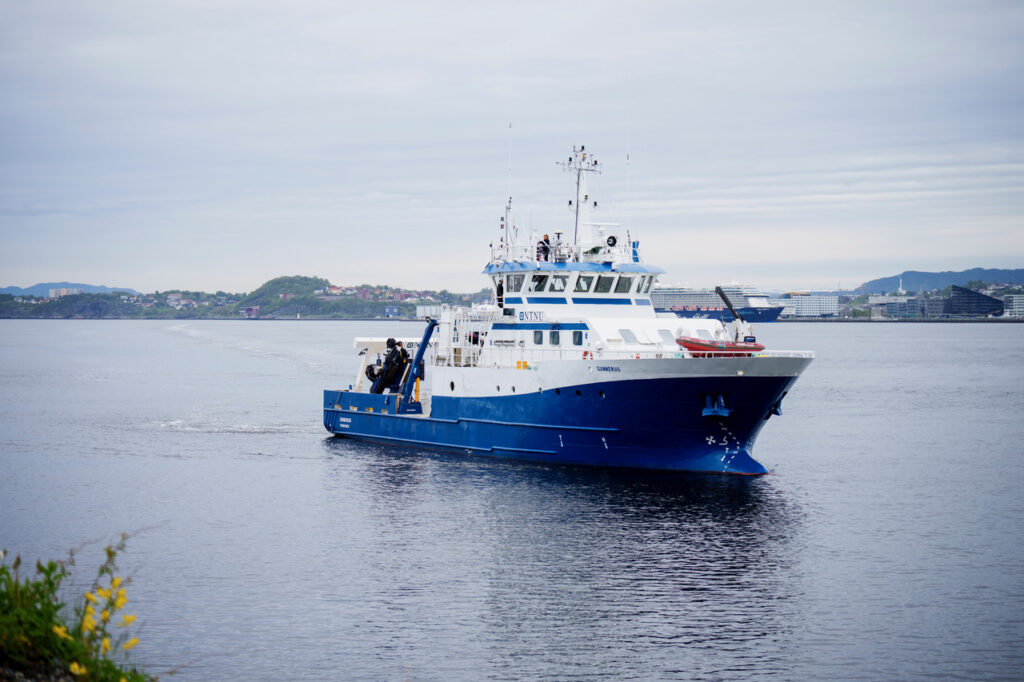
“It’s simply easy to conduct research here,” says Oscar Pizarro, who, before joining AUR-Lab, researched seafloor mapping off the coast of Australia. This research, among other things, revealed mass coral reef deaths.
Now, the goal is to develop simple autonomous underwater robots that can make such mapping more accessible and cost-effective.
AUR-Lab recently organized “AUR-Lab Day” to showcase the research and facilities, making the laboratory more widely known among potential users. This day is open to anyone interested in learning about the work being done and seeking opportunities to take their own research or testing into the field.
More than 50 participants from NTNU, Sintef Ocean, and Ocean Autonomy Cluster attended the day.
AUR-Lab Day will be arranged again next year!
Contacts:
- Martin Ludvigsen, Scientific Manager AUR-Lab and professor at the Department of Marine Technology
- Antonio Vasilijevic, Daily Manager AUR-Lab and senior advisor at the Department of Marine Technology

